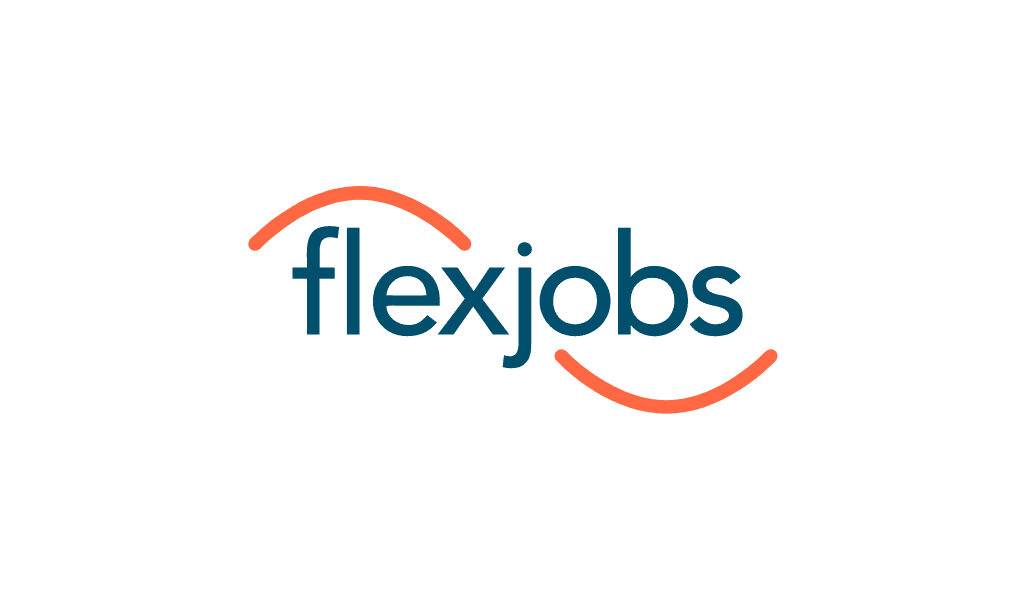On the brink of a recession, three workforce trends are likely to emerge and make a big impact.
By Michelle Hay
The events of the past few years have caused employees to reassess their lives. Simultaneously, employers have begun to face a labor “imbalance” where demand for employees is higher than supply. This has contributed to unprecedented flexibility for many employees as well as increased wages – the latter of which is contributing to margin pressures entering the second half of 2022.
On the surface, it would appear the labor force imbalance is lessening: The U.S. Bureau of Labor Statistics’ July report showed a total reabsorption of jobs lost during the COVID-19 pandemic. And while The Conference Board says the ratio of job openings to hires remains historically high, this ratio is likely to lower by the end of the year.
In tandem with the headline-making push to return to work are visible efforts by companies to improve employee engagement. Perhaps now more than ever, companies see employee engagement as the result of cultivating, connecting, motivating, and nurturing talent. HR can impact engagement through the experiences provided to workers and colleagues. In many ways, creating a measurable employee experience is beginning to mirror how companies think about their customer experience.
One of the more interesting insights to come out of the post-pandemic labor market has been that while recruitment is up, U.S. labor force productivity scores are down. Employee engagement, too, is trending down across companies, according to Gallup research.
Looking closely, what’s really emerged in the current market is a glut of disengagement. With a mild recession likely toward the end of the year and into 2023, it’s worth considering how companies can deepen the employee experience while maintaining high productivity. Changes on the horizon include a shift in the employer-employee social contract; a stronger emphasis on meaning and belonging led primarily by managers; and advancements in automation.
Here’s what to expect as organizations enter the second half of 2022.
Employees Will Return to the Office
If there is a recession in the second half of 2022 and layoffs begin, the balance of power between employers and employees will begin to shift. There will be less “quiet quitting” – and companies will likely take the opportunity to bring employees back into the office more days per week, which will increase engagement and connection in some circumstances, and in turn drive up productivity.
People are social beings and want to connect. For employers, that connection leads to engagement. The main difference in the labor market going into a potential 2022 recession versus past downturns is that there are more workers who are disengaged and not exhibiting discretionary effort. By building genuine connections, companies can combat high levels of disengagement and attrition and increase productivity.

While recruitment is up, U.S. labor force productivity scores are down.
The Key is in People Leaders
The future of engagement lies in creating an employee experience that rivals customer experience. People leaders are the key to ensuring that employees feel connected and are engaged. HR can develop programming and training, but people leaders must understand that a big part of their role is creating an environment where employees feel involved.
At Sedgwick, for instance, the development of a “People Leader Community” as well as employee resource groups (ERGs) are driving the employee experience at work. The “People Leader Community” is an extension of the company’s intranet where managers can share team wins and anecdotes of connectedness and collaboration. Watercooler chat sessions, FaceTime breaks, and virtual dinners are examples of get-togethers that yield gratitude and pride among colleagues.
The “People Leader Community” extends as well to leadership circles as an informal, intimate peer group of front-line leaders who meet monthly to discuss leadership topics, to develop skills, and to strengthen trust and deepen connections.
The formulation of global ERGs has contributed to advancing the DEI strategy and the success of the business by helping to raise DEI awareness, foster colleague engagement and inclusion, and build community and a sense of belonging.
In the end, it’s all about connection and understanding employee needs. It’s a people leader’s number one job to understand what their team members want and what motivates them. It is more challenging in an environment where teams are not co-located, but it can be done with intentionality.
Automation Could Replace Disengaged Workers
Typically during recessions, there is an emphasis on increasing productivity through technology and automation. Potentially entering a recession where productivity is down with more disengaged employees is not a great combination. These interesting times will likely lead to an acceleration of investments in automation.
Entering a recession means companies need to be more productive and more efficient. This trend is already happening at some companies: Diminished patience with workers who are not putting in discretionary effort is resulting in layoffs.
In a tightened labor market, high-performing, engaged talent may still be able to negotiate some incentives – wages are likely to stay elevated, for example – but automation is a very possible long-term solution for gaps in productivity that have emerged in recent years.
Michelle Hay is the global chief people officer for Sedgwick.














